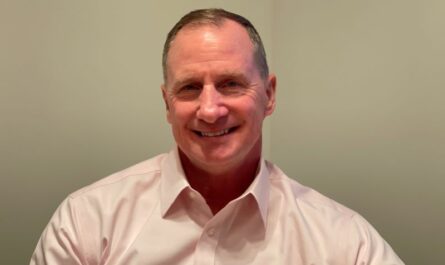What’s going to happen once Tempur Sealy completes is acquisition of Mattress Firm sometime next year?
That’s the big question in the industry right now, and it’s going to continue to be until the effects of the deal become visible.
But from everyone I’ve talked to so far, I don’t think this deal will hurt retailers as much as some think it will. It could actually offer opportunities.
For instance, Lawrence Heilers, owner of Texan Mattress in Magnolia, Texas, says private label business in the mattress industry has been growing for some time now, and it’s becoming even more popular, with huge brands like Miskelly private-labeling Diamond mattresses.
Tempur Sealy is a well-known brand name, but the industry is smart enough to find solutions if problems arise. Private label beds could become go-tos for those who either remove Tempur from their floors, or worst case, lose them because of the deal. And that’s just one example.
But there’s one other looming question that will be central to the entire journey through this acquisition and its effects on the industry: When has a manufacturer ever been a good retailer?
The two types of business are related, but so different that it has never worked out well for a manufacturer doubling as a retailer.
And this isn’t meant to be an inflammatory question. Therapedic International CEO Gerry Borreggine recalls a time when Sealy was in the retail business, and that didn’t end well.
He offers the example of back when Sealy was owned by Bain Capital. Sealy took over Mattress Firm because of their inability to pay accounts payable to Sealy. Gary Fazio, the previous CEO of Mattress Firm, went from Sealy to Mattress Firm and started a turnaround which led to Mattress Firm being sold to Sun Capital.
“It’s a slippery slope when a manufacturer becomes the owner of a retailer’s competitor,” he says. “I don’t think it matters the size of the company, when a manufacturer owns a retail outlet, most retailers are going to look at them with a jaundiced eye, which is a justifiable thought for a retailer.”
He says that Sealy has likely survived the pushback because of its size, but with a breadth of choices both on- and offline today, the situation may be different now.
Borreggine also shared that in terms of the manufacturer, the smaller guys can win, as Therapedic was the No. 1 utility bedding brand at Bed Bath & Beyond for 13 years until it filed for bankruptcy.
Keith Moneymaker, owner of Sweet Dreams Mattresses & More in Southern Pines, North Carolina, who has a strong relationship with Tempur, thinks that the more exposure consumers get to mattresses, the better.
As a personal example, he shared that a Sleep Number store opened up down the street from his store, and now he gets almost twice as many people into his store because of the exposure.
“Instead of worrying about competition, worry about what’s going on in your own marketplace,” he says. “At the end of the day, the deal is going to happen, so you can either get out of the mattress business or you can embrace it and be proactive.”
One of the ways Moneymaker has set his store apart is with his Dreams 4 All program. He started the Dreams 4 All Foundation in 2016 in response to the devastation caused by Hurricane Matthew.
As a mattress store owner, he realized he was in a unique position to gather and donate used beds to many of the families devastated by the hurricane. After a couple of months of collecting and donating beds, the Dreams 4 All Foundation was created, and now the organization has donated over 5,000 beds.
Moneymaker is also making the program available to other retailers so they can set themselves apart and help everyone have a good bed to sleep on.
Overall, he thinks there are opportunities to be found in this acquisition — a big one being that Tempur will clean up the sales that hurt the image and business of the mattress industry.
“I think they’ll broaden and raise the landscape of our industry overall,” he says. “We have to clean up the mess we’ve made and make things easier to understand for the consumer.”





